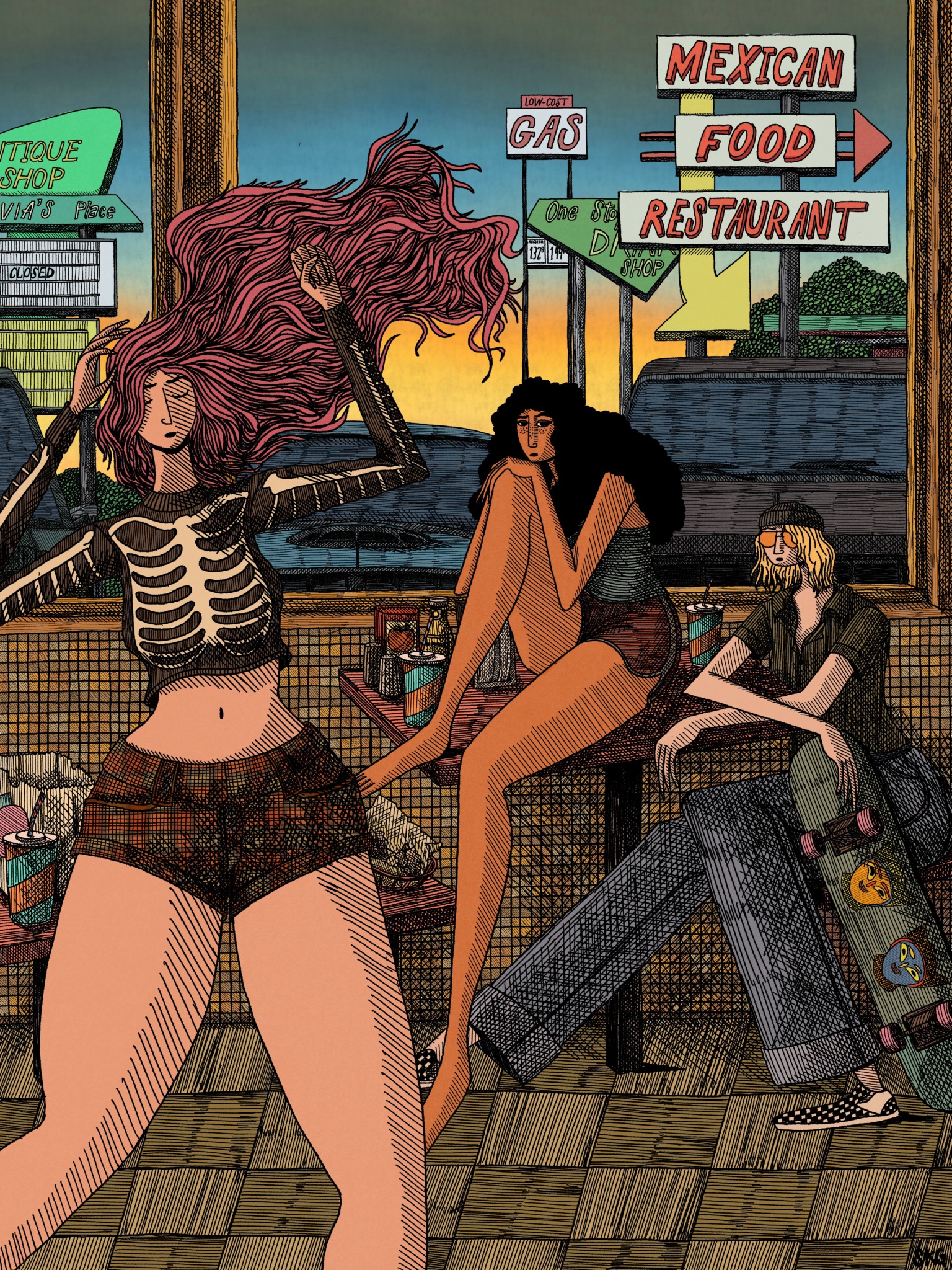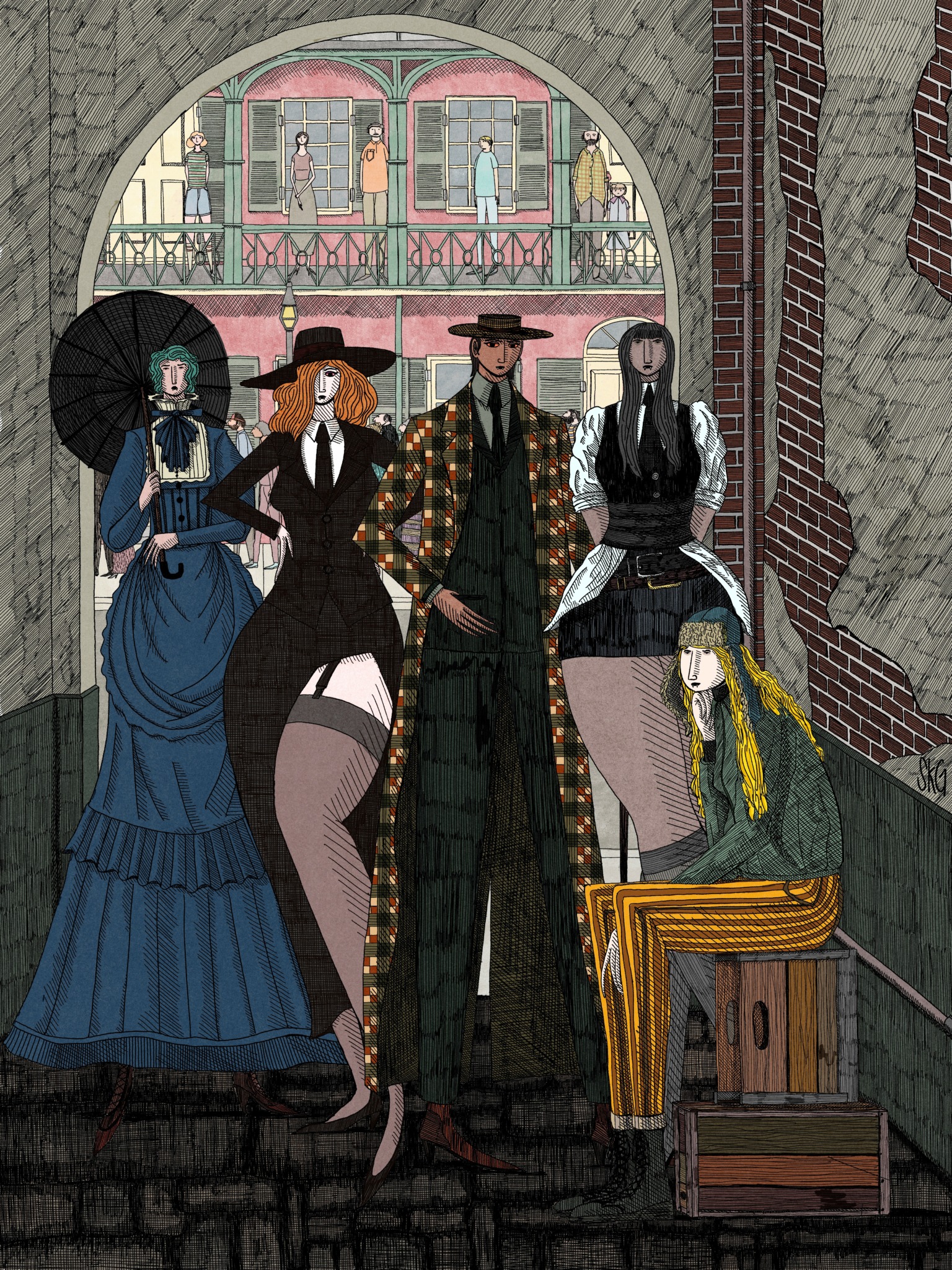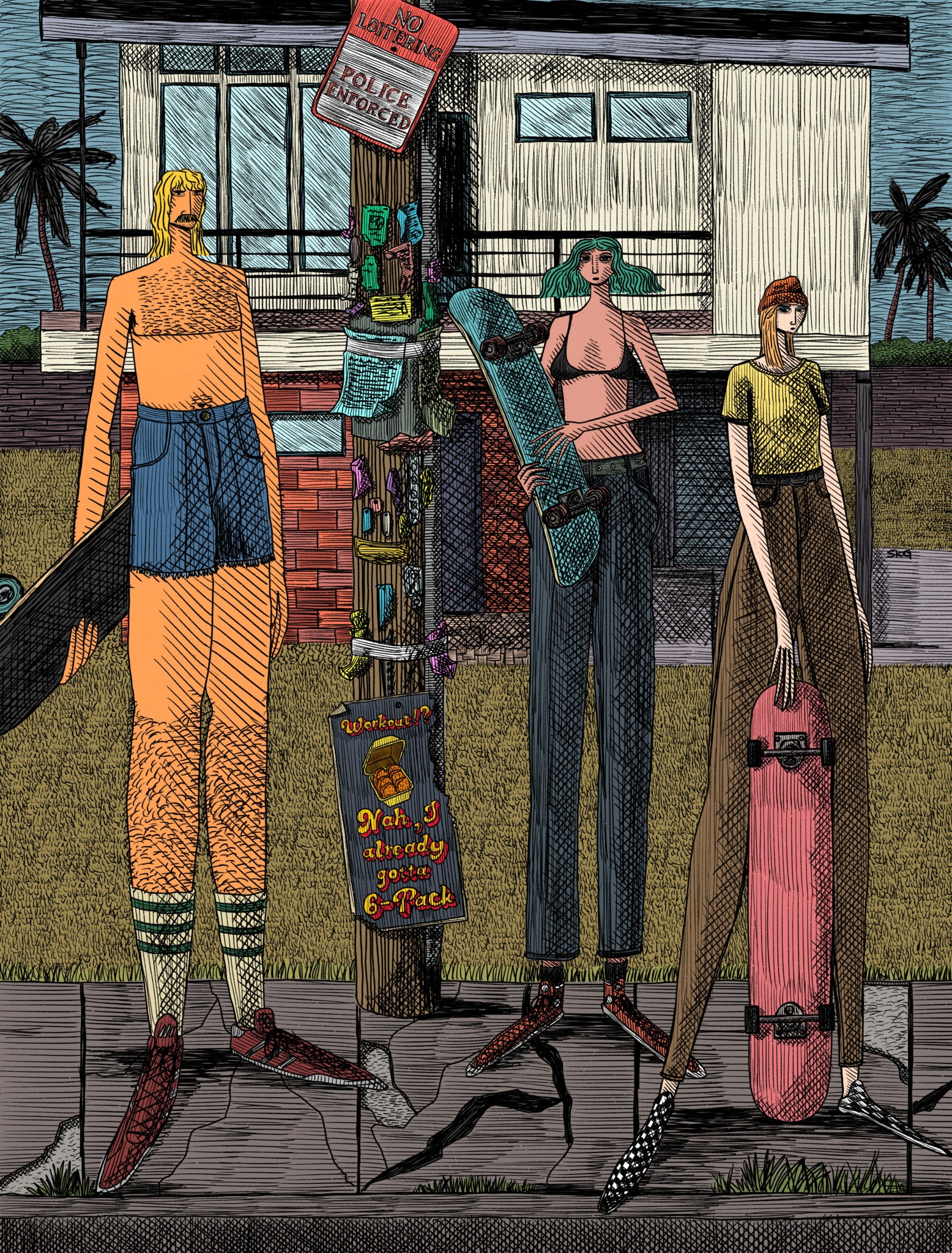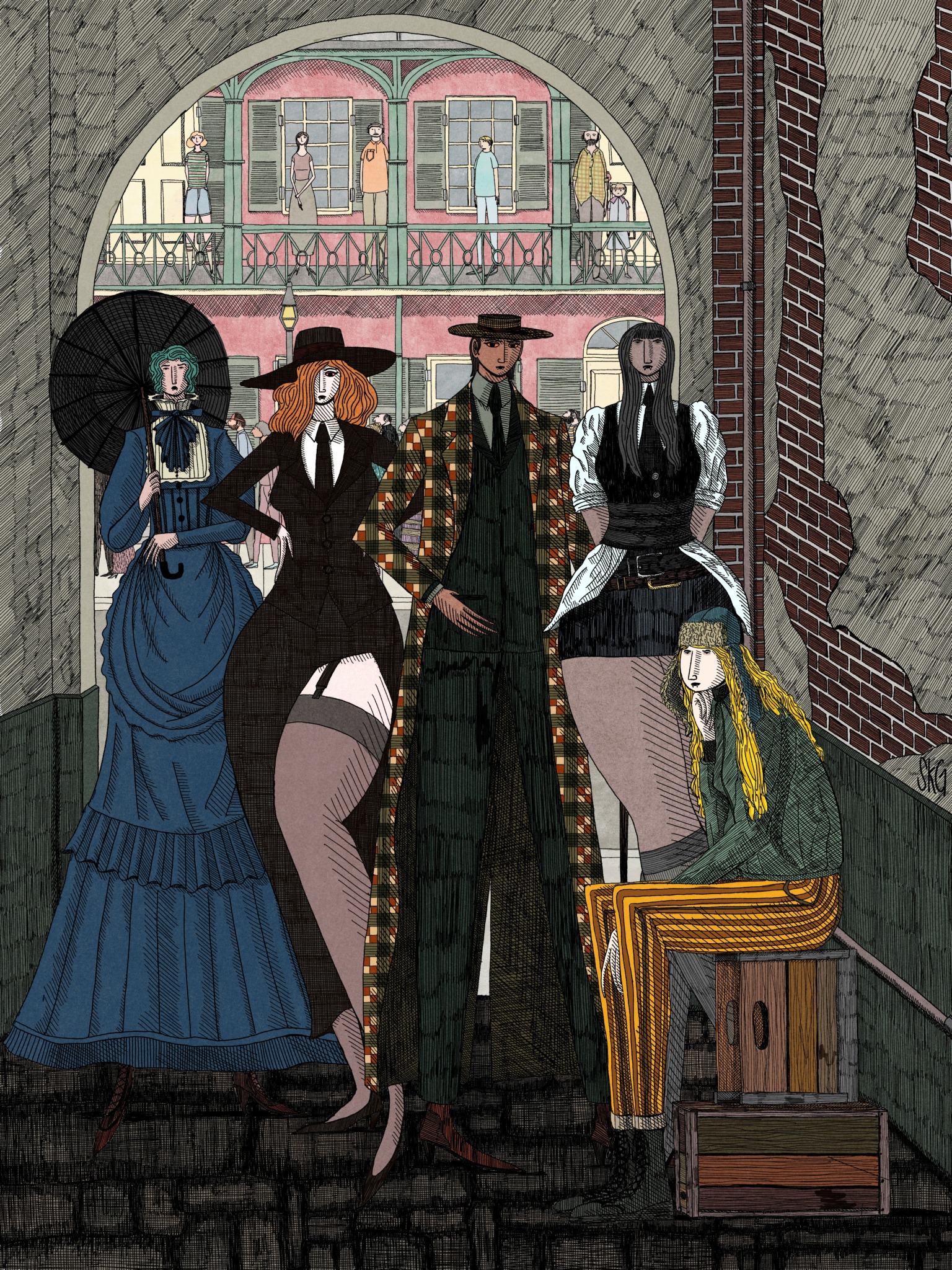We recently connected with Sean Gallagher and have shared our conversation below.
Sean , thanks for taking the time to share your stories with us today Have you ever had an amazing boss, mentor or leader leading you? Can you us a story or anecdote that helps illustrate why this person was such a great leader and the impact they had on you or their team?
I don’t know if he’s the best boss I’ve ever had but he’s the most memorable, though, ironically, I don’t remember his real name, only what I called him: Johnny Cash. I’ll explain this in a second. I had a brief stint as a reporter for the Hong Kong Standard, a daily business newspaper that was one of the few that printed in English, and was assigned to the Metro desk covering local happenings, primarily focusing on intellectual piracy along with the occasional human interest story. All this was before the economic downturn that ended the first decade of the 2000s so major metropolises like Hong Kong were bursting with chance and opportunity and exploring the city with my reporter’s notebook and camera hunting down a story was an exciting way learn about the place and the people who inhabited its streets. Johnny Cash was my editor. He was a giant of a man, literally. He stood almost seven feet tall and had long, flowing locks of curly black hair he wore down past his shoulders and lumbered about the hallways from his desk to the hallway to smoke, his bootfalls heavy and loud, shaking the pictures hanging on the walls. He was from India and spoke English with a British accent and because he was a chainsmoker his deep voice was gnarled as if his throat was filled with gravel and shards of glass making his gritty bellows distinct when he’d shout my name across the busy newsroom to beckon me over to his desk to chastise me for the recent copy I submitted. The reason I called him Johnny Cash was, like the Man in Black, he wore an all-black wardrobe that consisted of tight black jeans and a long-sleeve, black button-down every day. Sometimes, to change things up, he’d add a thin, red tie, but not often. All this was flavoring, however; what made him truly memorable was the lessons he imparted on me when he’d chew me out for aspects I’d add to stories that he didn’t like that detracted from what I wrote. Tell the story readers need to know, he told me (I’m paraphrasing), not what they want to know or what they think they need. It’s your job to present the facts so readers can make informed opinions, not the other way around. (This is heavily sanitized as he’d throw in several heavy curse words throughout the moments of advising me.) His words still ring in my head whenever I approach a new art piece and I make art that I want to make and not stress about what the audience thinks they wants or needs, that comes later when they form opinions about what I present. Or as the real Johnny Cash put it in his song, ‘No Earthly Good’, “The gospel ain’t gospel until it is spread/But how can you share it where you’ve got your head/There’s hands that reach out for a hand if you would/So heavenly minded, you’re no earthly good.”

Great, appreciate you sharing that with us. Before we ask you to share more of your insights, can you take a moment to introduce yourself and how you got to where you are today to our readers.
As a kid, I got hooked on Edward Gorey’s morbid outlook and macabre style and learned to appreciate the ghoulish side of the everyday and find simplicity in lines and color. Yet I couldn’t entirely rely on the same ghastly wit and straightforward form that defined Gorey’s work.
Crediting my parents for helping my creative side flourish as well as their huge collection of coffee table books, they introduced me to the art world, especially the works of Diane Arbus and Saul Leiter.
I studied how these photographers composed a shot to reveal beauty in the mundane and the dignity of outsiders. I was especially inspired by the Arbus quote, “A photograph is a secret about a secret. The more it tells you, the less you know.” From that, I found I loved the challenge of making in-between moments picturesque.
Recently, my artwork was shortlisted for Communication Arts Illustration Awards 66 and received recognition in Society of Illustrators of Los Angeles 63. In 2023, I was selected for the Under the Radar series, which celebrated the top 10 undiscovered artists in the lowcountry, by Charleston Magazine. My art has also been featured or is slated to appear in several publications: Allegory Ridge || Streelit || Trace Fossils Review || Light, Space & Time Online Art Gallery || Defunkt Magazine || Tint Journal || The Closed Eye Open || The Nelligan Review || Anodyne Magazine || Passengers Journal || Vineyard Literary || Red Ogre Review || Liminal Spaces Magazine || Beaver Magazine || Fauxmoir Literary Magazine || Quarter Press || High Shelf Press.

We often hear about learning lessons – but just as important is unlearning lessons. Have you ever had to unlearn a lesson?
Because I’ve always marched to the beat of my own drum, I had instructors who insisted there was a right and wrong way to create. As someone who does things the wrong way, this taught me to be suspicious of my abilities and I’ve worked hard to unlearn the lackluster advice and understand that creativity has no rules and that while there is good and bad art, art is art no matter how it’s framed.

Is there something you think non-creatives will struggle to understand about your journey as a creative?
What’s discouraged me through my various careers has been constantly hearing the dimwit’s way of explaining the realities of talent and luck whenever I’ve asked for help: “Some people have it and some people don’t.” Nevertheless, I reminded myself of what my dad taught me: “Your loudest and least helpful critics will be the ones who lack the imagination to lob more creative insults at you.”
Creativity is weird, often unexplainable and random and influenced at the strangest times. Most of the time I don’t know what I’m doing. I don’t know who said this, perhaps Ernest Hemingway, but it sums up my feelings best, “Creativity, your imagination, should explode out of your head like the crack of a shotgun. Don’t be afraid to make a mess.”
I feel that everyone can be artistic, creative, what-have-you. Yet like anything, it’s about patience. And practice and struggle and frustration and the drive to keep at it. I’ve been lucky. I owe a lot to my parents, wife, and kids, who’ve provided and continue to offer an environment that encourages and supports my creative process and gives it a chance to flourish.
For it to flourish, however, I utilize my biggest creative asset, boredom. I remember a teacher telling the class that only bored people are boring but those feel like the words of an adult annoyed with complaining teenagers. Boredom is essential to the creative process, and I wish more people embraced it.
I read once that boredom is when life happens. The author lists a litany of things she does when she’s bored, mostly errands and chores, but there are some creative ventures. For me, boredom is a driving force. It pushes my artwork in different directions, to try new ways to convey the story in my head. And it’s a marker of when I know I’m close to finishing a piece.
Boredom is the reason why I started drawing. Being an only child who spent a good portion of his childhood riding in the back of cars or stuck on airplanes without siblings to pass the time, my parents provided paper and pencil to keep me entertained. It helped that I had an active imagination, which allowed me to take images in my head out into the world.
Contact Info:
- Website: http://www.skgcreative.com
- Instagram: @the_ridden_w0rd





